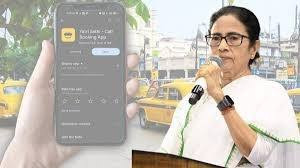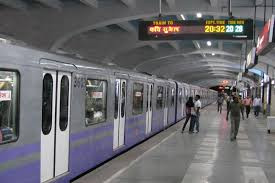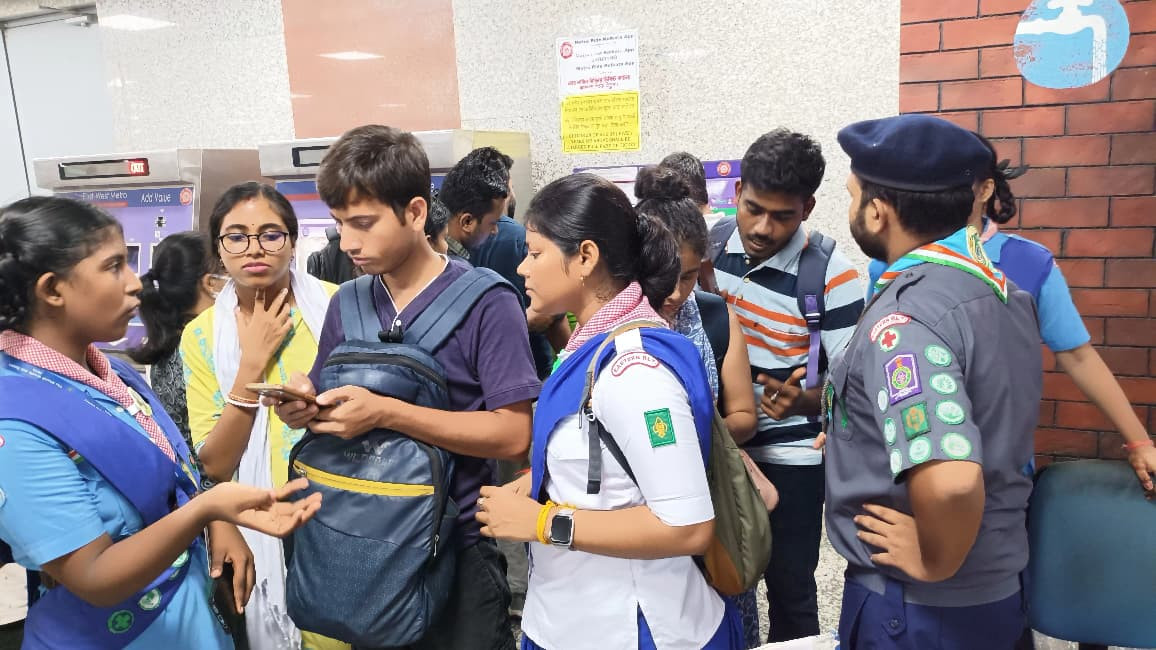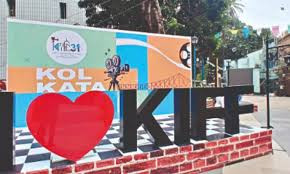QR Code Metro Tickets in a Paperless Era: Convenience or Redundancy?

IIE DIGITAL DESK : where paperless technology is rapidly becoming the norm, the continued use of QR code tickets in metro systems has sparked debate among urban commuters and tech observers alike. As digital wallets, biometric access, and NFC-based systems grow more common in public transportation globally, one might ask why QR codes—often requiring printing or screen scanning—remain central to metro ticketing systems.
The use of QR code tickets in metros was initially introduced to reduce dependence on paper tickets, streamline entry processes, and reduce human error. QR codes are easy to generate, secure, and can be scanned quickly by automated gates. Many cities, including Delhi, Bengaluru, Mumbai, and others, offer QR code-based e-tickets through apps or at station kiosks, allowing passengers to avoid long queues and physical tokens.
However, critics argue that even QR code tickets are beginning to feel outdated. With the rise of contactless payment systems and smart cards integrated with banking features, scanning a code from a mobile device may seem like an unnecessary step. Delays at the entry gates, scanner malfunctions, and difficulties faced by non-tech-savvy commuters are some of the challenges associated with this system.
Despite these issues, metro authorities defend the use of QR codes as a balanced solution. They offer the benefits of being both digital and widely accessible, even on basic smartphones without the need for high-end NFC capabilities. Additionally, QR codes support interoperability between different metro networks and mobile apps.
Ultimately, the goal is to create a seamless, user-friendly experience for commuters. Until more advanced, universally adopted systems are in place, QR code tickets may remain the most practical middle ground between full digitization and accessibility.
You might also like!













